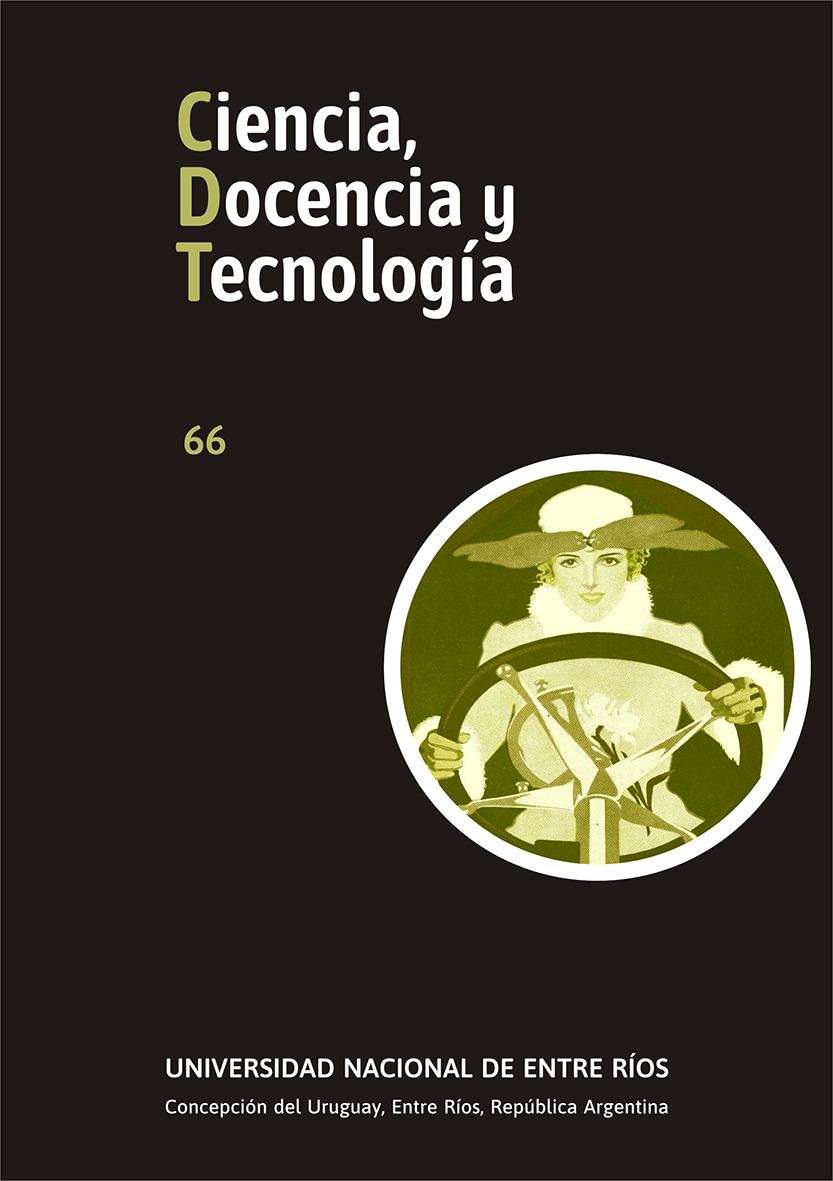Abstract
The following article studies the systemic and selective nature of the Argentine Sectorial Fund (FONARSEC) through an analysis of the operating modalities of its main instruments, the Sectorial Funds. Through the theoretical approch of policy mix, it is argued that these instruments, despite their selective approach, use a transversal design that prevents their actions from adapting to the particular characteristics of the selected technological trajectories. Furthermore, by operating in isolation from other spheres of public policy, the solutions offered by these instruments may be insufficient to resolve complex systemic failures. Through a comparative case study, it was corroborated that the use of individual and transversal instruments created inconsistencies in the results of the implemented policy and limited the selective and systemic scope of the FONARSEC. It is concluded that the use of complementary instruments tailored to each strategic trajectory could be a more effective way to promote national development.
References
Agencia Argentina de Promoción Científica y Tecnológica. (2010a). Bases de la Convocatoria Fondo Sectorial de Biotecnología (FSBio-2010).
Agencia Argentina de Promoción Científica y Tecnológica. (2010b). Bases de la Convocatoria Fondo Sectorial de Nanotecnología (FSNano-2010).
Aggio, C., Lengyel, M., Erbes, A., Milesi, D., Abinader, L. G., y Beccaria, A. (2014). Asocitividad para la innovación con alto impacto sectorial. Congruencia de objetivos entre las áreas programática y operativa de los Fondos Sectoriales.
Albornoz, M., y Gordon, A. (2011). La política de ciencia y tecnología en Argentina desde la recuperación de la democracia (1983-2009). Trayectorias de las políticas científicas y universitarias de Argentina y España.
Bleda, M., y del Río, P. (2013). The market failure and the systemic failure rationales in technological innovation systems. Research Policy, 42(5), 1039–1052. https://doi.org/10.1016/j.respol.2013.02.008
Bloom, N., Van Reenen, J., y Williams, H. (2019). A Toolkit of Policies to Promote Innovation. Journal of Economic Perspectives, 33(3), 163–184. https://doi.org/10.1257/jep.33.3.163
Borrás, S., y Edquist, C. (2013). The choice of innovation policy instruments. Technological Forecasting and Social Change, 80(8), 1513–1522. https://doi.org/10.1016/j.techfore.2013.03.002
Carullo, J. C., Peirano, F., Lugones, G., y Franco, A. D. (2003). Programa de Consejerias Tecnológicas. Evaluación y Recomendaciones. Documentos de Trabajo REDES.
Dodgson, M., Hughes, A., Foster, J., y Metcalfe, S. (2011). Systems thinking, market failure, and the development of innovation policy: The case of Australia. Research Policy, 40(9), 1145–1156. https://doi.org/10.1016/j.respol.2011.05.015
Dosi, G. (1988). Sources, Procedures, and Microeconomic Effects of Innovation. Journal of Economic Literature, 26(3), 1120–1171.
Edquist, C. (2001a). The Systems of Innovation Approach and Innovation Policy: An account of the state of the art.
Foray, D. (2019). On sector-non-neutral innovation policy: Towards new design principles. Journal of Evolutionary Economics, 29(5), 1379–1397. https://doi.org/10.1007/s00191-018-0599-8
Freeman, C. (1995). The ‘National System of Innovation’ in historical perspective. Cambridge Journal of Economics. https://doi.org/10.1093/oxfordjournals.cje.a035309
Freeman, C., y Pérez, C. (1988). Structural Crises of Adjustment, Business Cycles and Investment Behaviour. In Technical Change and Economic Theory (pp. 38–66). Francis Pinter.
Gutman, G., y Lavarello, P. (2014). Biotecnología Industrial en Argentina. Estrategias empresariales frente al nuevo paradigma. Gran Aldea Editores–GAE.
Gutman, G., y Robert, V. (2016). La transferencia tecnológica en los orígenes de la moderna biotecnología en Argentina: El caso de la articulación de Zelltek con la Universidad Nacional del Litoral.
Heide, M. J. L. (2011). R&D, Innovation and the Policy Mix. Tinbergen Instituut Research Series. http://hdl.handle.net/1765/26820
Jaffe, A. B., Newell, R. G., y Stavins, R. N. (2005). A tale of two market failures: Technology and environmental policy. Ecological Economics, 54(2–3), 164–174. https://doi.org/10.1016/j.ecolecon.2004.12.027
Krueger, A. O. (1990). Government Failures in Development.
Lavarello, P., y Sarabia, M. (2017). La política industrial en la Argentina durante la década de 2000. In M. Abeles, M. Cimoli, y P. Lavarello (Eds.), Manufactura y Cambio Estructural (pp. 157–200). UN. https://doi.org/10.18356/48881a27-es
López, A., y Pascuini, P. D. (2019). Incubación de empresas nanotecnológicas en la Argentina. CECE.
Lundvall, B.-Å. (1992). National systems of innovation: Toward a theory of innovation and interactive learning. Pinter Publishers.
Magro, E., y Wilson, J. R. (2013). Complex innovation policy systems: Towards an evaluation mix. Research Policy, 42(9), 1647–1656. https://doi.org/10.1016/j.respol.2013.06.005
Martin, S., y Scott, J. T. (2000). The nature of innovation market failure and the design of public support for private innovation. Research Policy, 29(4–5), 437–447. https://doi.org/10.1016/S0048-7333(99)00084-0
Ministerio de Ciencia, Tecnología e Innovación Productiva. (2012). Plan Argentina Innovadora 2020.
Peres, W., y Primi, A. (2009). Theory and practice of industrial policy: Evidence from the Latin American experience. Naciones Unidas, CEPAL.
Reichardt, K., Negro, S. O., Rogge, K. S., y Hekkert, M. P. (2016). Analyzing interdependencies between policy mixes and technological innovation systems: The case of offshore wind in Germany. Technological Forecasting and Social Change, 106, 11–21. https://doi.org/10.1016/j.techfore.2016.01.029
Robert, V., y Yoguel, G. (2021). Exploración de nuevos conceptos en política de innovación.
Rogge, K. S., y Reichardt, K. (2016). Policy mixes for sustainability transitions: An extended concept and framework for analysis. Research Policy, 45(8), 1620–1635. https://doi.org/10.1016/j.respol.2016.04.004
Stiglitz, J. E. (1989). Markets, Market Failures, and Development. The American Economic Review, 79(2,), 197–203.
Stiglitz, J. E. (2009). Government Failure vs. Market Failure: Principles of Regulation. In E. Balleisen y D. Moss (Eds.), Government and Markets (pp. 13–51). Cambridge University Press. https://doi.org/10.1017/CBO9780511657504.002
Surtayeva, S. (2020). Políticas de promoción a la nanotecnología en contexto semiperiférico: El caso de los Fondos Argentinos Sectoriales. Ciencia, Docencia y Tecnología, 31(60 may-oct), 34–70. https://doi.org/10.33255/3160/607
Yoguel, G., Lugones, M., y Sztulwark, S. (2007). La política científica y tecnológica Argentina en las últimas décadas: Algunas consideraciones desde la perspectiva del desarrollo de procesos de aprendizaje.

This work is licensed under a Creative Commons Attribution-NonCommercial-ShareAlike 4.0 International License.
Copyright (c) 2022 Diego Martín Cúneo

